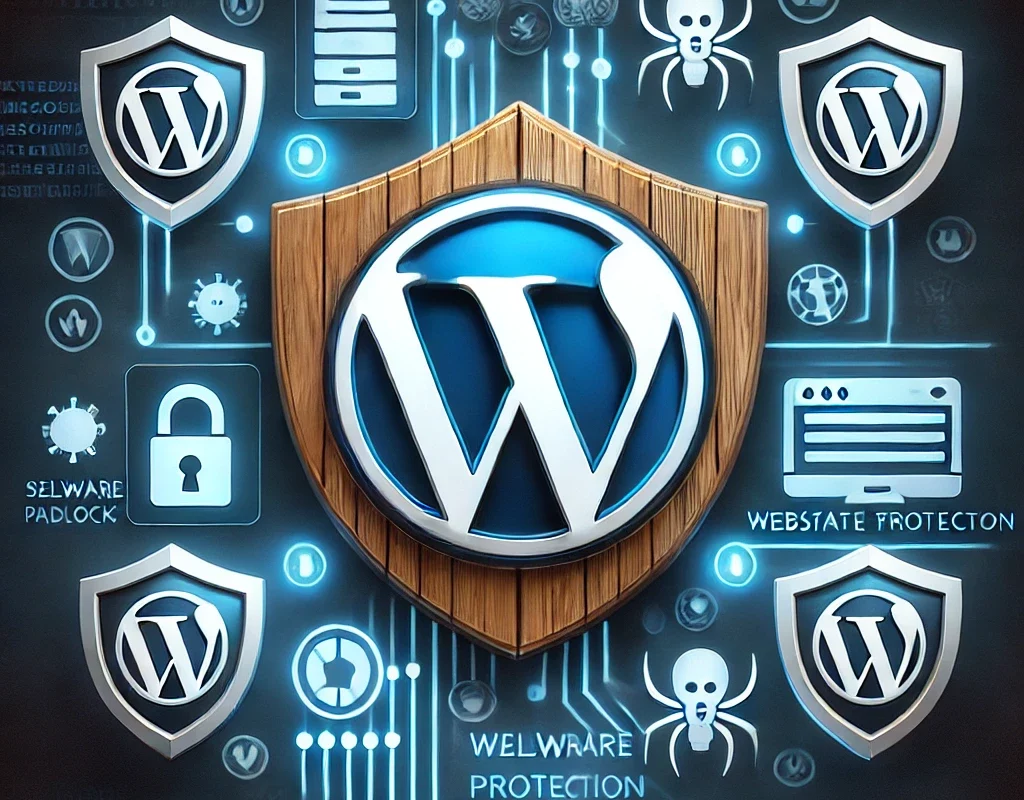
Do You Need a WordPress Security Plugin? A Reality Check
Do You Need a WordPress Security Plugin? A Reality Check
Introduction
WordPress is the most popular CMS, powering over 40% of websites. But with great popularity comes security risks. Cyber threats such as malware, brute force attacks, and SQL injections target WordPress sites daily. This raises the critical question: Do you really need a WordPress security plugin?
Many sources will tell you, “Yes, install a security plugin now!” But before you jump in, let’s take a reality check. In this guide, we’ll dissect:
- How WordPress security works
- When a security plugin is beneficial
- When it’s unnecessary
- The best free & premium security solutions
- Alternative ways to secure your site without a plugin
Understanding WordPress Security: How Secure Is It By Default?
WordPress core itself is secure, thanks to continuous updates and an active security team. However, vulnerabilities often arise from:
- Poorly coded themes and plugins
- Outdated software
- Weak credentials
- Lack of security best practices
Pro Tip: Keeping WordPress, themes, and plugins updated is the first line of defense. Over 80% of hacked WordPress sites are outdated!
When Do You Need a WordPress Security Plugin?
While WordPress has built-in security features, plugins can offer additional layers of protection. Consider using a security plugin if:
- Your website handles sensitive data (e.g., eCommerce, memberships, client data)
- You don’t have the time or expertise to manually configure security settings
- You’re experiencing repeated brute force attacks or malware infections
- Your hosting lacks robust security features
Best Free WordPress Security Plugins
If you need a security plugin but have a limited budget, these free options offer essential protection:
1. Wordfence Security (Download)
- Includes a free firewall and malware scanner
- Offers live traffic monitoring to detect suspicious activity
- Blocks brute force attacks
2. iThemes Security (Download)
- Protects against known vulnerabilities
- Two-factor authentication (2FA) for login security
- File change detection alerts
3. All In One WP Security & Firewall (Download)
- Scans for weak passwords and login vulnerabilities
- Blocks IP addresses after multiple failed login attempts
- Offers basic firewall rules
Best Premium WordPress Security Plugins
For advanced security features, premium plugins provide extra protection:
1. Wordfence Premium (Website)
- Real-time malware signature updates
- Country blocking
- Advanced firewall rules
2. Sucuri Security (Website)
- Website firewall (WAF)
- DDoS protection
- Security monitoring and malware cleanup service
3. MalCare (Website)
- Automated malware removal
- Off-site cloud scanning (doesn’t slow down your site)
- Strong login protection
When You Don’t Need a Security Plugin
A security plugin isn’t always necessary if:
- Your hosting provider offers built-in security measures (e.g., managed WordPress hosting like Kinsta, WP Engine, or SiteGround)
- You implement manual security hardening (explained below)
- Your site has minimal traffic and no sensitive data
Pro Tip: Premium hosting services include security features such as automatic malware scanning, daily backups, and firewalls, reducing the need for extra plugins.
Alternative Ways to Secure WordPress Without a Plugin
Security plugins are helpful, but they aren’t the only solution. Here’s how you can manually secure your WordPress site:
1. Use a Secure Hosting Provider
Choosing a host with firewalls, DDoS protection, and server-side security minimizes risks. Recommended secure hosts:
2. Change the Default Login URL
Most brute force attacks target /wp-admin. Changing the URL reduces attack attempts. Use the free WPS Hide Login plugin (Download) to customize it.
3. Use Strong Passwords & 2FA
Weak passwords cause 30% of WordPress hacks. Secure your login with:
- Strong passwords (use a manager like Bitwarden)
- Two-Factor Authentication (2FA) via Google Authenticator
4. Disable XML-RPC
WordPress’s XML-RPC is often exploited for brute force attacks. Disable it via your functions.php file:
add_filter('xmlrpc_enabled', '__return_false');
5. Regular Backups
Even with strong security, backups are your safety net. Use:
6. Implement a Web Application Firewall (WAF)
WAF blocks malicious traffic before it reaches your site. Services like Cloudflare Free Plan (Website) offer basic protection.
Final Verdict: Do You Need a Security Plugin?
It depends on your site’s security needs. Here’s a quick decision guide:
| Scenario | Do You Need a Security Plugin? |
|---|---|
| Personal blog, no sensitive data | ❌ Not necessary |
| High-traffic site, eCommerce, memberships | ✅ Yes, recommended |
| Managed WordPress hosting with security features | ❌ Not necessary |
| Shared hosting with basic security | ✅ Yes, recommended |
| History of hacking attempts | ✅ Strongly recommended |
Conclusion
Security is crucial, but not every WordPress site requires a security plugin. Before installing one, assess your hosting security, implement best practices, and consider alternative security measures. If your site handles sensitive data or is frequently targeted, a security plugin is a wise investment.
Still unsure? Test your site’s security status with the free Security Ninja Scanner (Download).
Your Turn: Do you use a security plugin? Share your experience in the comments!




Leave a Comment